
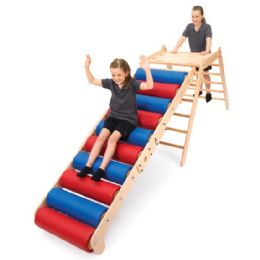

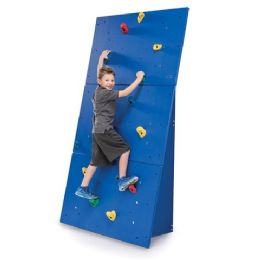



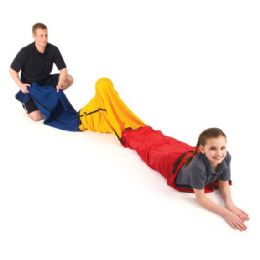
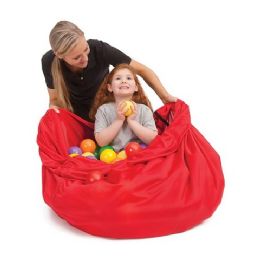






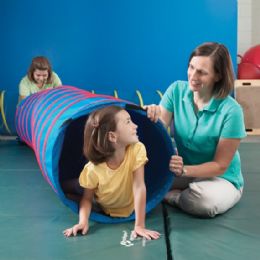
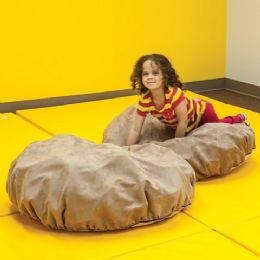
Even though all kids can enjoy sensory gyms, it's hospitals and therapy centers that use them the most. These gyms are great for helping kids become more independent, reducing meltdowns, and cutting down on social stress by making them feel calmer and more focused. Unlike regular classrooms, sensory gyms are fun, stress-free spaces where kids with special needs can process sensory information without the frustration that often comes with traditional learning environments.
If your child loves spinning, crashing into things, or always running and jumping, which could be a sign of hyposensitivity, a sensory gym could really help them process and develop their sensory skills. On the other hand, if your child shies away from different textures, sounds, or experiences, or can't stand being touched, which could be a sign of hypersensitivity, a sensory gym could help them learn to manage sensory information better.
And for kids who seem tired, disengaged, and can't seem to take in normal stimulation, spending time in a sensory gym practicing how to respond to sensory input could really benefit them. If your child has trouble controlling their muscles, like kids with cerebral palsy often do, a sensory gym can provide a safe, friendly environment that encourages them to move all of their muscles.
While sensory gyms do offer the same health and fitness benefits as regular indoor playgrounds, they go even further. Sensory gyms won't replace these other treatments, but they can definitely enhance their effects. Sensory gyms help with fine motor skills, body awareness, and social skills, as well as muscle strength, coordination, and balance.
In fact, spending time in these gyms helps kids become more independent, communicate better, and improve their self-care habits and attention spans. Many occupational therapy sessions involve using the sensory gym at some point, and sometimes it's even used as a reward during the session.